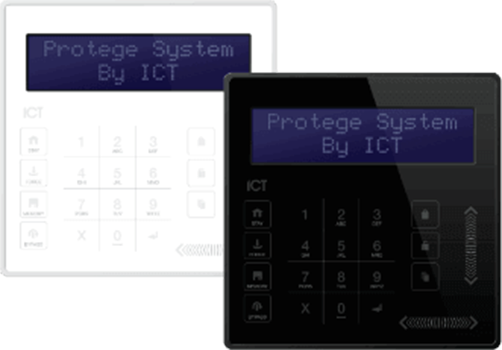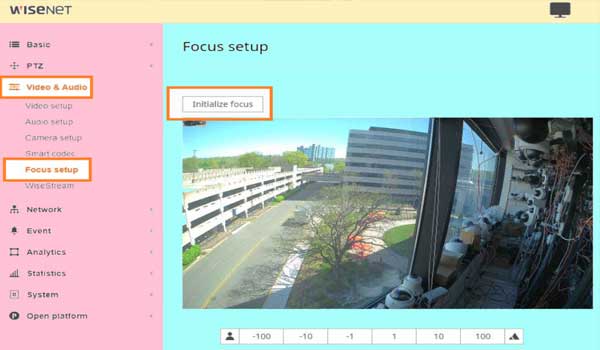Video MGMT System
 Access Control
Access Control
Voice & Data Wiring
 Burglar Alarm
Burglar Alarm
 Fire Alarm
Fire Alarm
Video MGMT System
Voice & Data Wiring
THOUGHT CENTER > Blog > Security Cameras
June 22, 2023
This article discusses the components and features of a video management system (VMS) and why you might want to implement a VMS as part of your security system.
A video management system provides enhanced functionality and integration with other systems to improve overall security.
Implementing a VMS can help streamline operations by consolidating video surveillance footage in a common interface.
What's more, the video analytics possible with a VMS solution provides a perspective on collected video that traditional network video recorder (NVR) based systems cannot match.
A VMS comprises software that works together with external hardware to provide the desired functionalities of a large or complex video surveillance system. Many types of VMSs are on the market to meet needs ranging from small businesses to enterprise corporations.
Hardware components managed by VMS software may include:
VMS software can be made up of various applications working together to provide a platform from which to monitor and review surveillance video.

Functionalities furnished by VMS software include:
A VMS performs multiple functions, including storage of security footage, connection with an unlimited number of cameras, video analytics, advanced user controls for security footage management, intersystem integration capabilities, and video footage processing from multiple camera models (including analog and digital cameras) produced by different open-source manufacturers, and a unified interface that allows users, such as security guards, to monitor multiple sites simultaneously on a handheld device.
Some VMSs offer users other benefits, including:
The driving factor in adopting video management systems is their innovative features compared to traditional network video recorders and their ability to handle more cameras in their network.
While a network video recorder may be sufficient to handle input from a handful of cameras, it can quickly be overwhelmed when more than a couple dozen cameras are deployed, especially if those cameras are high resolution.
Once the decision has been made to implement a system incorporating video management software, an organization must select a VMS appropriate to its unique requirements.
Factors to consider when choosing a VMS include product-licensing expenses, video management functionalities, and compatibility with existing cameras.
Security has never been more critical, and having a reliable video surveillance software system in place offers improved protection for businesses and organizations.
In short, if you are looking to up your video surveillance game, you should strongly consider upgrading from a DVR or NVR to a video management system.
NOT COMPLETELY SURE?
860-748-4292